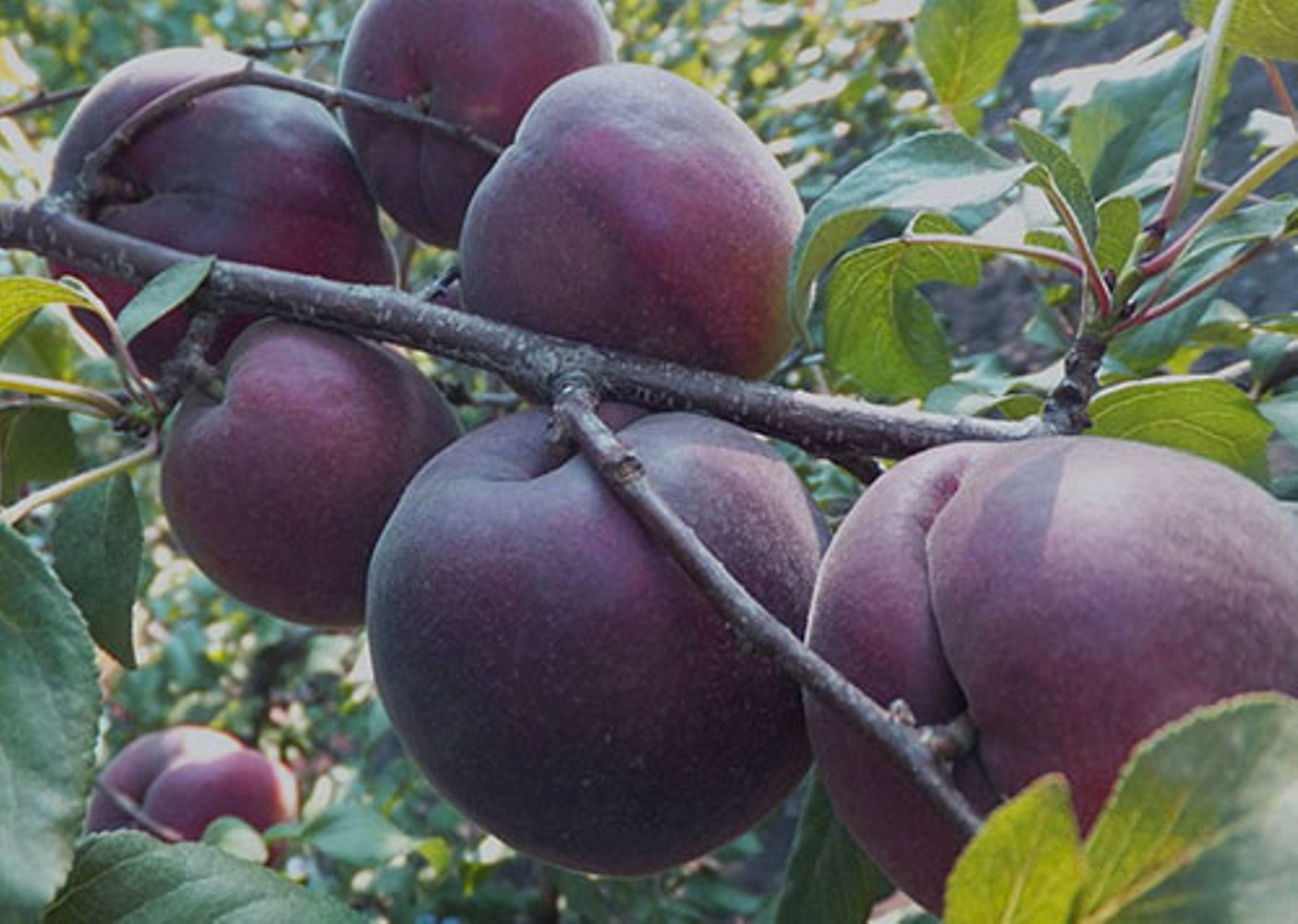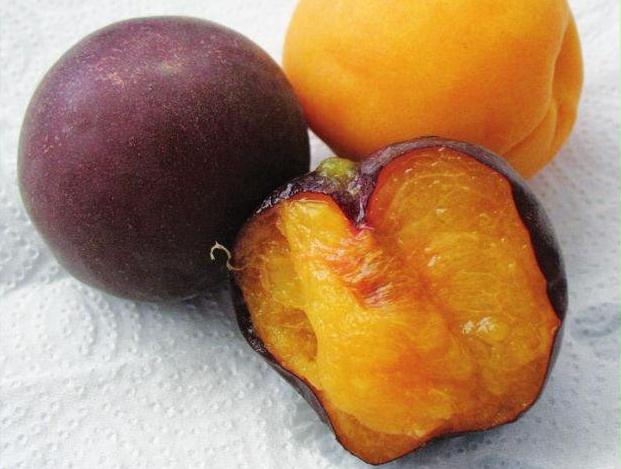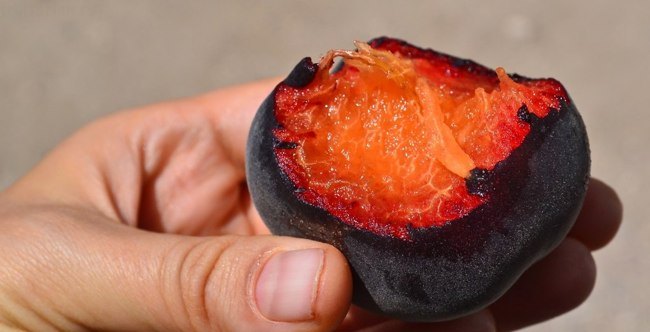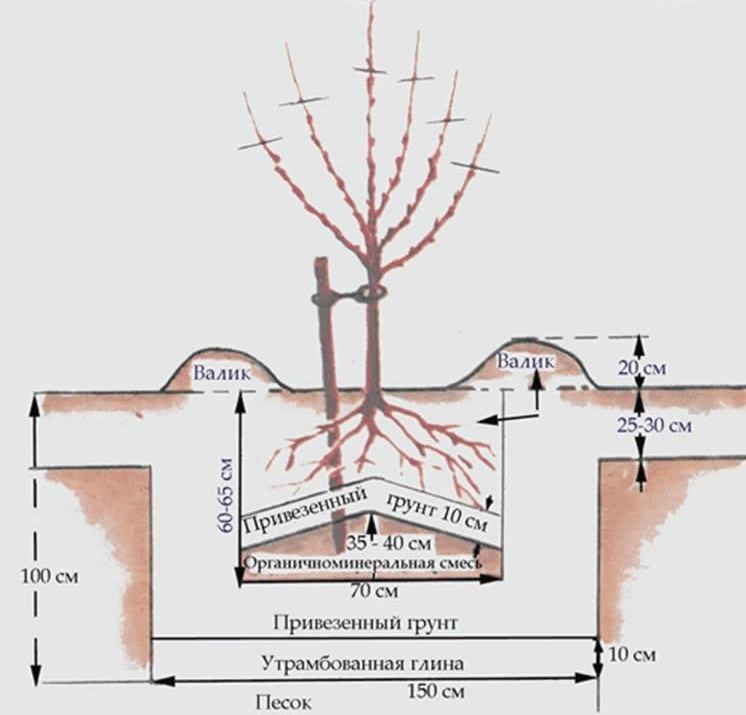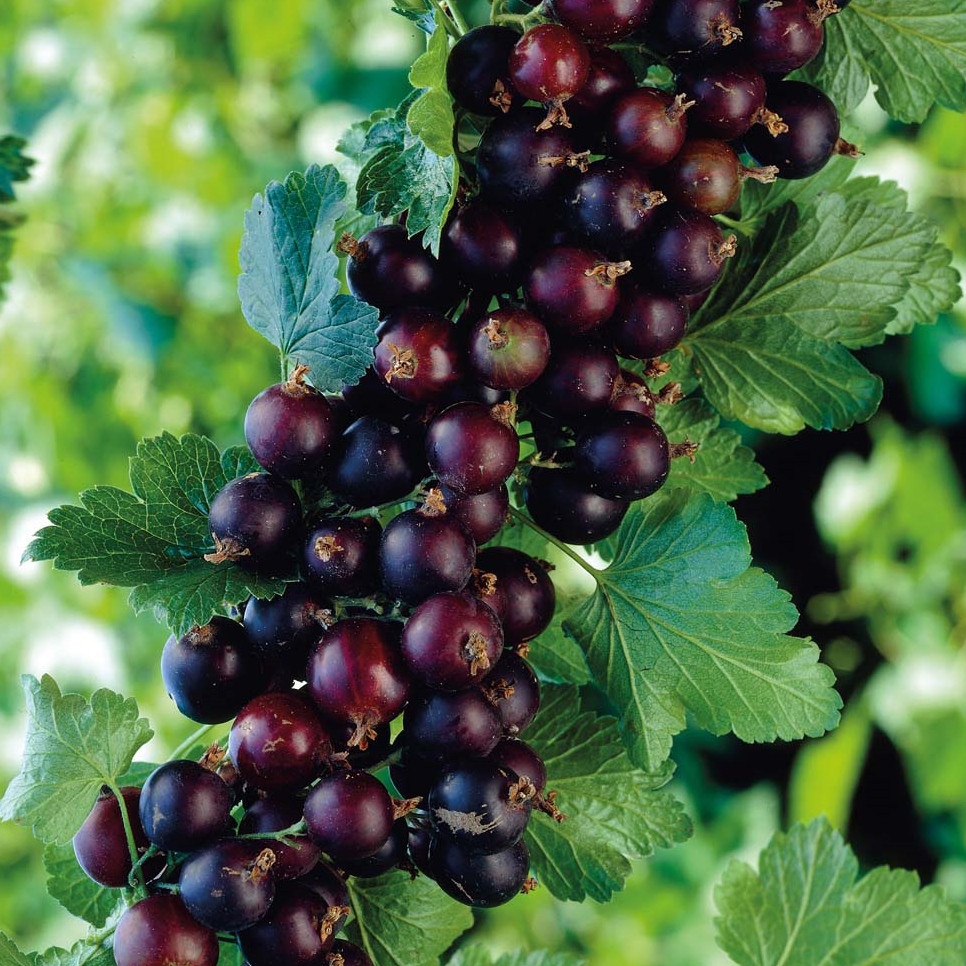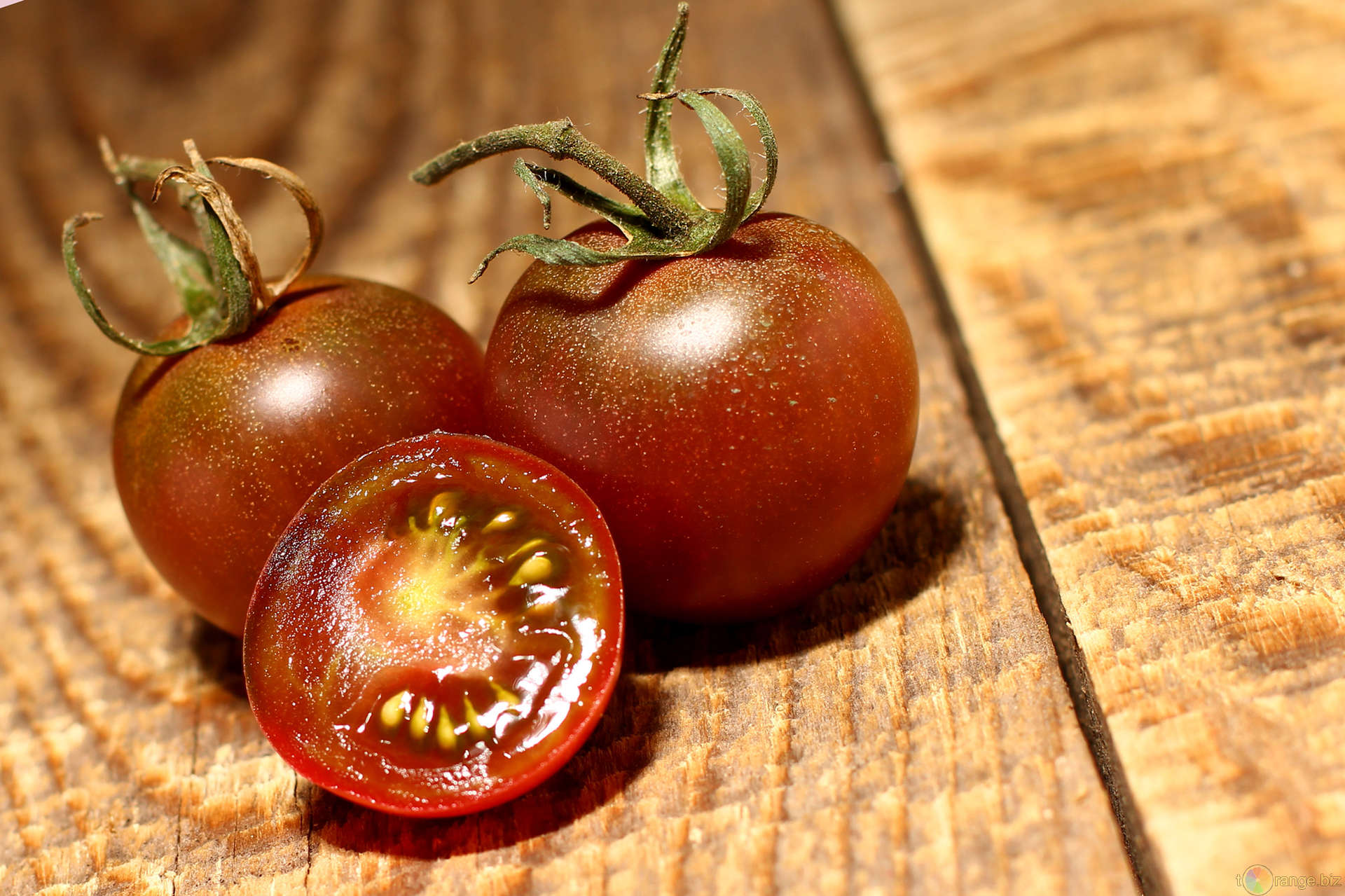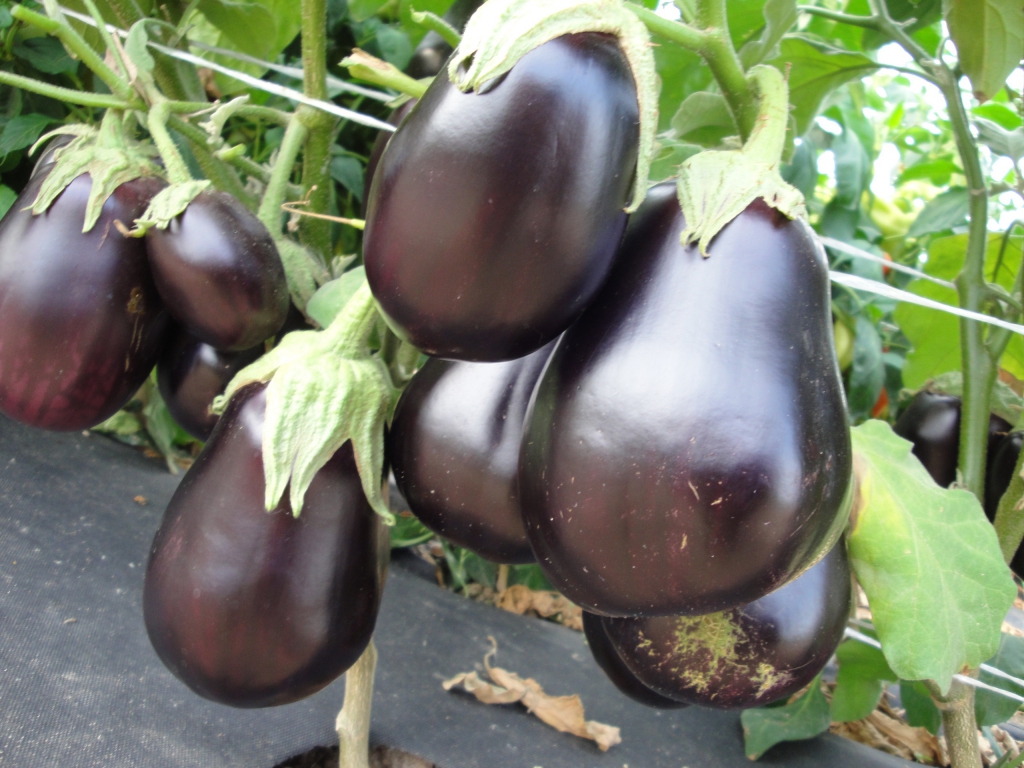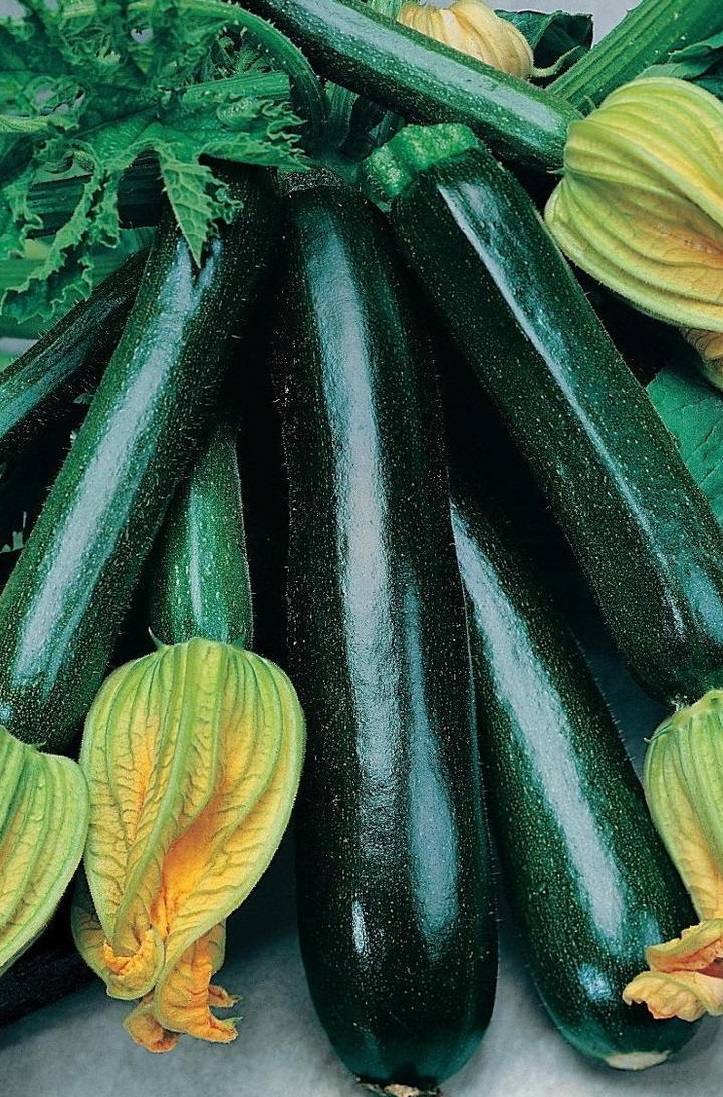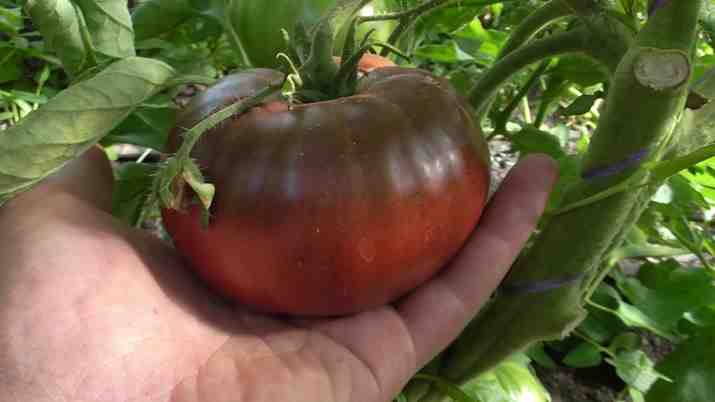Content:
Nature never ceases to amaze and amaze us with its diversity, wisdom and beauty. One of the striking examples of its mystery and unpredictability is the black apricot.
This fruit originated in Asia by natural cross-pollination of apricot and cherry plum. Due to its extraordinary beautiful color and interesting taste, this hybrid quickly spread throughout Asia and the North Caucasus.
Although the quality of the fruit was not the highest, the popularity of the black varietal apricot inspired breeders to study and improve this variety.
The result of the scientists' work was fruitful trees, well adapted to various weather conditions, and delicious fruits of exotic color.
Variety characteristics
Black apricot (apricot) – an unusual plant that has certain characteristics:
- A hybrid of apricot and cherry plum. Depending on the variety, the qualities of apricot or cherry plum are manifested to a different extent;
- Skin color is dark red or violet-blue. The skin is dense, slightly velvety;
- The pulp is bright yellow or red, juicy, dense;
- The size of the fruit is medium-sized (40-60 g) - less than an apricot, but more cherry plum;
- Apricot taste with slight sourness, slightly tart;
- The tree is small, sometimes more like a bush;
- It blooms with beautiful pale pink flowers.
Main technical characteristics of the variety:
- Mid-season or late-season species;
- Late blooming in spring;
- Average yield - up to 40 kg per tree, but stable - bears fruit every year;
- Fruiting in the 2nd or 3rd year after planting;
- Pollination occurs by self-pollination or cross-pollination;
- Good taste;
- Universal application. Suitable for fresh consumption, conservation;
- Possibility of transportation - subject to the collection of fruits at the stage of technical maturity (a little immature);
- Frost resistance - withstands frosts down to -35 degrees;
- Unpretentiousness to the soil;
- Resistance to diseases and pests.
Black apricot varieties
A striking representative of varietal varieties of black apricot is Spur tsiran - an Armenian variety that served as the basis for breeding new crops. Domestic selection is represented by interesting types of black apricot, a feature of which is considered to be adaptability to the climatic conditions of the middle zone: Black Velvet, Black Prince, Black Peach, Melitopol, Black Kuban, Korenevsky Black, Luhansk Black, Mouse.
Apricot Black Prince description
The variety was bred at the Artemovskaya Experimental Station of Horticulture and Viticulture (Donetsk region) in the mid-2000s. It gained its popularity with rather large and tasty fruits. The main qualities of the Black Prince:
- The largest fruits of all varieties of black apricot - can reach 80 g;
- The skin is dense, dark red or cherry in color, the pulp is soft, juicy, bright orange or wine-red;
- The stone is small, well separated;
- The taste is rich, sweet, apricot;
- Good yield - up to 35 kg per tree;
- The tree is quite tall - it reaches 4 m, but not thickened.A feature is the growth of thorns on the branches, somewhere in the 5th year after planting;
- Self-fertile plant;
- Early-fruiting - bears fruit in the second year after disembarkation;
- Disease and pest resistant.
Black velvet apricot description
Bred at the N. Vavilov selection station in Krymsk (Krasnodar Territory). Already in 2006 it was entered in the State Register. Differs in high and stable productivity, long storage of fruits. Key Features of Black Velvet:
- small fruits - up to 35 g, oval;
- the skin is dense, velvety, blue-violet in color, the pulp is fibrous, juicy, rich yellow, the stone is small, poorly separated;
- the taste is slightly sour, reminiscent of cherry plum;
- the tree is not tall, not thickened;
- self-fertility is low, improves with cross-pollination with plums, thorns or pollinators, a bee becomes;
- bears fruit for 3-4 years;
- winter-hardy variety - the most hardy among all varieties of black apricots;
- does not tolerate drought;
- resistant to diseases and insects.
Agrotechnics
The process of growing black apricots is not much different from the standard care of apricots, even a little simplified. This process can be divided into several stages:
- The choice of planting material;
- Selecting a site for planting;
- Planting and leaving.
The choice of planting material
Black apricots are propagated by seedlings or by grafting. Seedlings can be purchased or grown from the seed yourself. To obtain a sprout at home, the bone is slightly soaked in a solution of potassium permanganate and planted in a pot with prepared soil. The soil is well moistened and covered with a film. After the germination of the sprout, the film is removed and the pot is placed in a sunny warm place. Landing in the ground occurs in the spring with the onset of constant heat, this is mid-April.
When choosing a seedling, you should carefully examine the root - it must have at least 2-3 processes. One or two-year-old plants are suitable for planting.
Site selection for planting
Although Black Apricot is not whimsical to weather conditions, it takes root and bears fruit better in sunny areas, sheltered from winds that are not prone to sticking. Prefers light, fertile, sandy loam soils with low acidity.
It should be borne in mind that a plot of 3-4 square meters should be allocated for one tree.
Planting and leaving
It is recommended to plant a seedling in the spring, when the earth warms up well, and the plant has not yet let out juices. The most suitable time is the end of April.
A hole is dug. Fertile soil is mixed with organic (humus, ash) or complex fertilizers (potassium-phosphorus). The seedling is installed in the hole, the roots are evenly distributed and carefully covered with prepared soil. The tree is watered abundantly.
A young plant requires regular moistening and feeding with organic fertilizers. A mature tree is watered as needed. Top dressing is carried out in spring and autumn.
Immediately after planting, the seedling is cut to one third. Pruning is done regularly on mature trees in the spring and fall. Sick branches, thick areas are cut off. Gradually 4-5 main branches and their young shoots are formed. The crown is given the shape of a bowl. It is advisable to process the cuts with garden pitch.
Advantages and disadvantages
Black apricot has a lot of positive qualities:
- Beautiful appearance;
- Unusual taste and aroma;
- Long-term storage;
- Possibility of transportation;
- Winter hardiness;
- Disease and pest resistance.
The small size of the fruit and not too high yield can be considered minor disadvantages.
Despite the exoticism and originality, black apricots are available for cultivation and do not give much trouble. If desired, everyone can grow this fruit in their garden. It will become a real highlight of the garden, decorating it with its extraordinary flowering and mysterious fruits.
